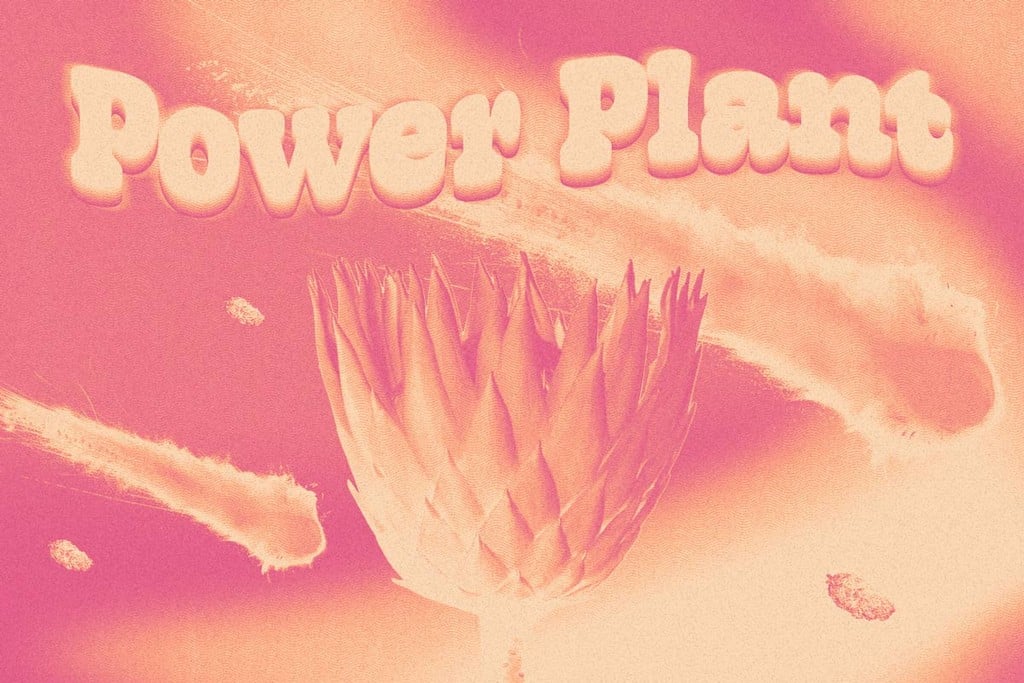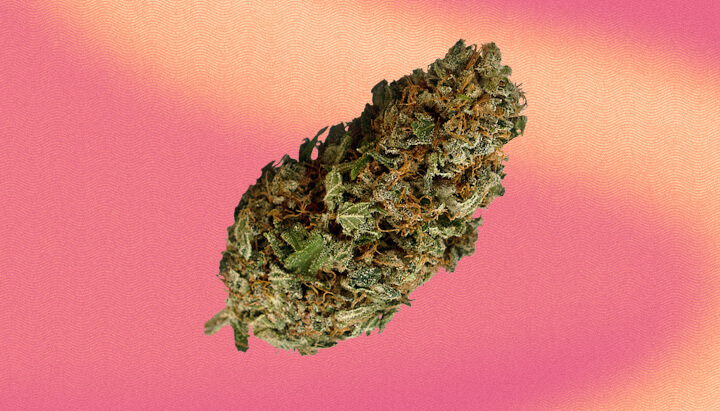.

Power Plant Strain
Are you experiencing writer's block? Are you struggling to get to the gym? Do you need something to blow the cobwebs off? Then look no further! Power Plant provides waves of euphoria and creativity that will jolt you off of the couch and into action. Her concoction of plant chemicals work to enliven the mind and open the floodgates to motivation.
Power Plant will leave you feeling supercharged and ready for action. This descendant of South African sativa landrace genetics contains a chemical cocktail that flicks a switch in the brain. Take a toke just after waking up, or whenever you feel a lull during the day, and Power Plant’s constituents will revitalise you with feelings of motivation and drive.
Contents:
While her high attracts many weed lovers, she offers much more than mere effects. This award-winning cultivar also boasts a delicious terpene profile that serves up flavours of spice and sandalwood. Adding to all of this, her sativa-dominant morphology ensures large plants that produce gigantic colas. If you’re looking for nothing short of energising highs and big yields, then get to know Power Plant on a deeper level below.
Is Power Plant a good strain? That’s putting it mildly; Power Plant is a fantastic strain.


The Origins of Power Plant?
As with many famous cannabis cultivars, the true history of Power Plant remains somewhat obscure. However, reports state that an unknown breeder in South Africa started to create this variety in the 1990s using native landrace varieties known for their large structures and energising chemical profiles.
Further down the line, Dutch breeders got their hands on these genetics. Eventually, they stabilised a select phenotype and released Power Plant back in 1997. Since then, growers across the world have popped these seeds in search of razor focus and enhanced creativity.
Genetic Roots: What Strains Make Up Power Plant?
Because of the murky history of Power Plant, the lineage of this cultivar remains unknown. However, three distinct genetics are thought to underpin this strain. Although not confirmed, this trio includes:
- Unknown South African landrace: Developed over generations, these varieties have adapted to the sunny and temperate climate of South Africa. They’re tall, feature sativa morphology, produce large colas, and have gained immense popularity for their stimulating effects.
- Durban Poison: As another South African landrace, Durban Poison stems from indigenous strains in the region. Several phenotypes produce high levels of THC and stir up a euphoric and creative high.
- Northern Lights: Despite her sativa background, Power Plant also possesses indica ancestry. Many growers have speculated that she descends from Northern Lights, a legendary stoning variety bred from Afghani and Thai landraces.
Why is Power Plant so Popular?
After the strain was released onto the market, she quickly became a go-to strain for smokers that enjoy elevating highs and cultivators that favour large and productive plants. It didn’t take long for Power Plant to gain traction among European cannabis lovers. Following her establishment as a reliable and potent cultivar, she soon started catching the attention of growers overseas.
Power Plant continued to grow steadily in popularity in the decades ahead, until her incredible competition run in 2016 that catapulted her into the forefront. During this year, Power Plant secured 1st place in the Sativa category and 2nd place in the Hash category at the Lift Expo in Vancouver and 2nd place in the Sativa Category at the Prairie Medicinal Harvest Cup.
What Terpenes Are In Power Plant?
As most seasoned cannabis users are aware, the effects of a strain don’t come down to cannabinoids alone. Terpenes, the aromatic fraction of weed buds, also drastically influence the subjective effects. Check out the three most abundant terpenes in the Power Plant strain below and find out how they influence the high:
- Myrcene: Also present in mango and hops, myrcene exerts a stoning and relaxing effect. Researchers also think myrcene could help THC gain easier access through the blood-brain barrier, enhancing the high.
- Pinene: This terpene, found in abundance in pine trees, contributes to the uplifting effects of Power Plant. It helps to clear the head and energise and elevate the mind.
- Caryophyllene: Spicy, peppery, and musky, caryophyllene grounds and relaxes the body, helping to counteract the heady effects of this cannabis strain.

The Flavour and Aroma of Power Plant
So, terpenes play a key role in the effects of Power Plant, alongside THC. But they also underpin most of the flavours and aromas that these buds have to offer. Every time you take a joint or vape hit of these flowers, you’ll encounter potent and moreish tastes of sandalwood, spice, woodiness, and earthiness.

The Effects of Power Plant
Power Plant pulls no punches when it comes to potency. An average THC content of 18% won’t blast you off to the moon, but you’ll certainly feel her cerebral effects set in within seconds. Paired with a mix of stoning and energising terpenes, you’ll feel focused and desire to get things done. You might wonder, “what is the strongest sativa strain in the world?” Whilst Power Plant doesn’t take that title, it certainly doesn’t disappoint in terms of potency either.
However, high levels of myrcene help to level things off, preventing users from getting jittery and overstimulated. All in all, Power Plant makes an excellent smoke during any time of the day, from early morning wake and bake sessions to late evenings when you’re in the mood to create something.

Power Plant: Morphology and Growing Traits
Power Plant displays a quintessential sativa morphology; she grows tall and features fan leaves with long and narrow leaflets. Indoors, you’ll need enough space to accommodate plants that peak at a height of 150cm. Feed her well and place her under powerful lights, and you’ll receive a return of up to 600g/m². Planted in large raised beds or directly in the ground, outdoor plants grow huge.
And how long does Power Plant strain take to grow? Expect a great yield during October after a flowering time of 8–10 weeks.
RQS Strains That Descend From Power Plant
After experiencing everything that the Power Plant strain has to offer, our breeders decided to put a unique spin on these legendary genetics. By harnessing several South African landraces, they managed to create Power Flower, a variety extremely similar to Power Plant—only much more energising. Power Flower possesses even more energising terpenes, making her less stoning and much more suited to morning use. Her huge yields, tastes of fruit and pepper, and THC content of 19% make her a close contender to the original.
Power Flower
|
|
South African Sativas |
|
|
500 - 550 gr/m2 |
|
|
80 - 120 cm |
|
|
9 - 10 weeks |
|
|
THC: 19% |
|
|
Sativa 88% Indica 12% |
|
|
500 - 550 gr/plant |
|
|
160 - 200 cm |
|
|
October |
|
|
Heavy |
















































